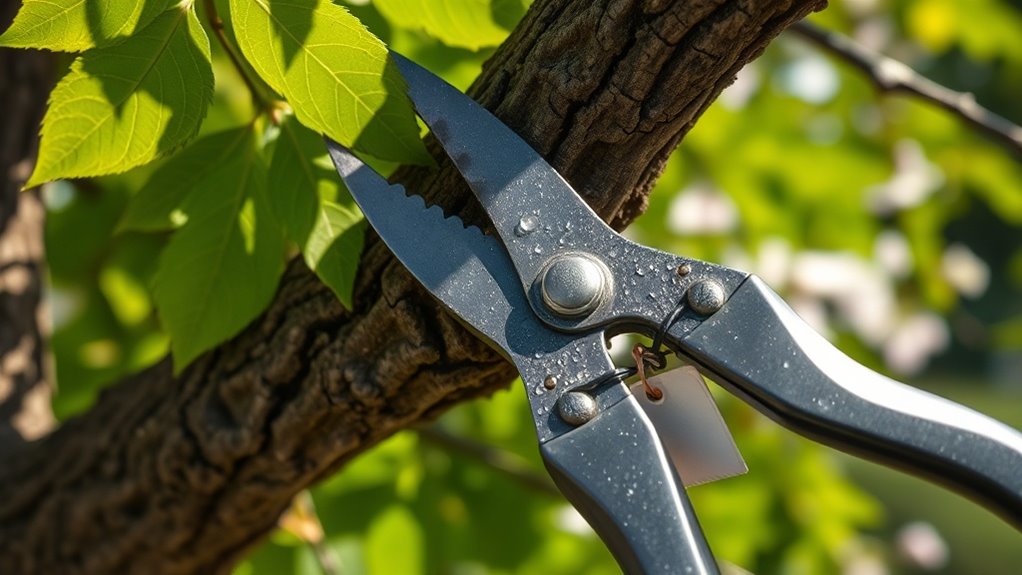The One Thing You’re Forgetting to Do When Pruning
When you think about pruning, you likely focus on the timing and techniques, but there’s one crucial step that often gets overlooked: assessing your plant’s health beforehand. Ignoring this can lead to poor results and stressed plants. Before you make any cuts, it’s essential to check for signs of disease or pests. This simple step lays the groundwork for successful pruning. So, what should you look for to ensure your plants are ready?
Understanding the Importance of Timing
Timing is crucial when it comes to pruning your plants effectively.
To enhance growth and flowering, aim to prune during dormancy in late winter or early spring.
Deadheading in summer encourages new blooms, while fall pruning can harm your plants.
Additionally, knowing the specific optimal times for each plant type can lead to even greater success in your garden.
Follow these pruning tips closely, and you’ll promote healthier growth, prevent disease, and ensure your gardening efforts pay off beautifully.
Choosing the Right Tools for the Job
When tackling pruning, having the right tools is essential for achieving clean cuts and promoting plant health.
Invest in quality hand pruners for small branches, loppers for thicker stems, and a pruning saw for larger limbs.
Ensure your tools are sharp and clean to prevent disease transfer. Using the right equipment not only eases the task but also enhances your plants’ well-being. Additionally, avoiding common pruning mistakes can further ensure that your plants thrive and remain healthy.
Assessing Plant Health Before Pruning
Before you start pruning, it’s vital to assess the overall health of your plants.
Check for signs of disease, pests, or nutrient deficiencies. Look at leaf color, texture, and growth patterns to gauge vigor.
Healthy plants respond better to pruning, promoting growth and shaping. If your plants show signs of stress, take time to nurture them before you grab those shears. Additionally, ensure you’re familiar with pruning techniques to maximize the positive effects of your pruning efforts.
Techniques for Effective Pruning
While you may feel eager to start cutting, using the right techniques for effective pruning is crucial for the health and aesthetics of your plants.
Always use sharp, clean tools to make precise cuts. Focus on removing dead, damaged, or crossing branches first, and prune to encourage airflow and sunlight. Understanding the importance of deadheading blooming plants can also significantly enhance your garden’s performance.
Maintain the plant’s natural shape for optimal growth and visual appeal.
Post-Pruning Care and Maintenance
After you’ve completed the pruning process, your attention shifts to post-pruning care and maintenance, which is vital for ensuring your plants thrive.
Be sure to water adequately, as this helps reduce stress on the plants.
Applying mulch can conserve moisture and suppress weeds.
Monitor your plants for pests and diseases, addressing any issues promptly to encourage robust, healthy growth. Additionally, recognizing and avoiding common pruning mistakes can further enhance the health of your plants.

